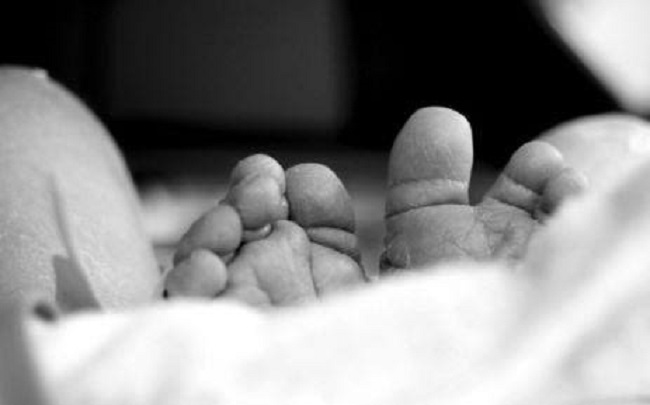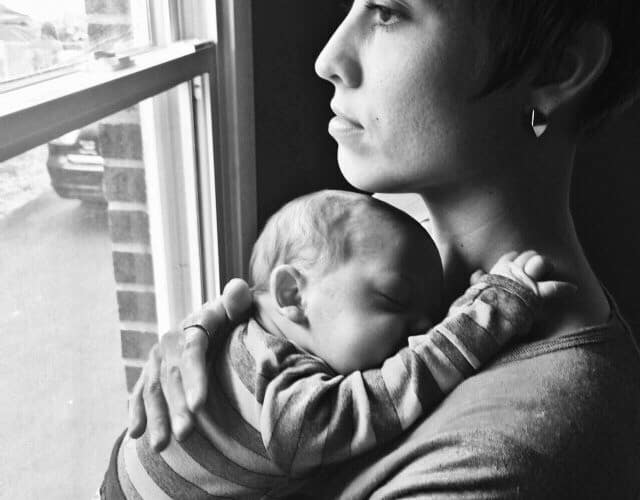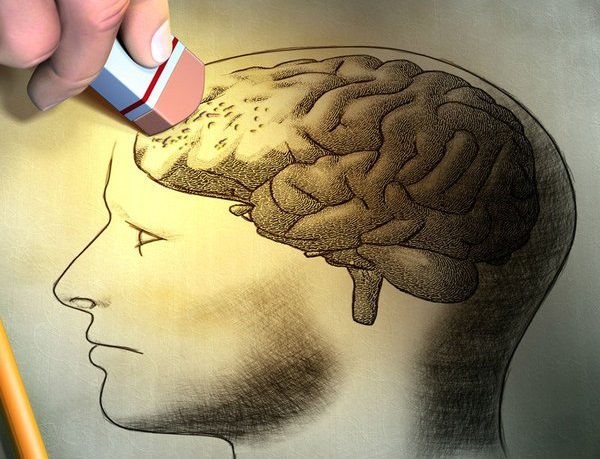Postpartum depression can be frightening and devastating for some families, but it doesn’t have to be if you and your loved ones get help. Listed below are resources for postpartum families. If you suspect you or a loved one has postpartum depression, find help.
Resource Phone Numbers Available 24/7
- Suicide Hotline 1-800-SUICIDE
- National Suicide Prevention Hotline 1-800-273-TALK
- Disorders.org (Postpartum Psychosis) 1-800-943-0566
Postpartum Depression Websites and Support
- Fussy Baby 1-800-888-BABY or 1-888-431-2229
- Harvard’s “Edinburgh Postnatal Depression Scale”
- Mother to Baby Medication use in Pregnancy and in Breastmilk: www.mothertobaby.org, www.motherrisk.org
- Postpartum International Chat 1-800-944-8766; Code 33702
- Postpartum International Telephone 1-800-944-4PPD
- Postpartum Progress.com
- Postpartum Psychosis
- Postpartum Support International 1-800-944-4773
- Residential Treatment Center for Postpartum Depression, Lantana, FL.
- Residential Treatment Center for Postpartum Depression, Malibu, CA.
- Residential Treatment Center for Postpartum Depression, Nunnelly, TN.
- Resources International “Get Help”
- Substance Abuse and Mental Health Services (SAMHSA) Postpartum Treatment Centers 1-800-662-4357, 1-800-662-HELP, and/or website www.findtreatment.samhsa.gov .
More about Postpartum Depression
To learn more about postpartum depression in all its forms, read the following articles.
- Do I Have Postpartum Depression?
- Before She was Born: Seeds of Postpartum Depression
- Beyond Depression: Understanding Perinatal Mental Health
- Framing the Pregnancy Postpartum Hormone Mood Debate
- Maternal Psychiatric Disturbances and Hormones
- Mommy Brain: Pregnancy and Postpartum Memory Deficits
- Postpartum, Parenting and Endometriosis: A Personal Story
If you have a postpartum story that you would like to share so that other women and families can navigate this condition, consider writing for us. We accept personal health stories to spread awareness and encourage openness. Write for Us.
If you know of additional resources for new moms and families, local, national or international, please add them to the comments section.






